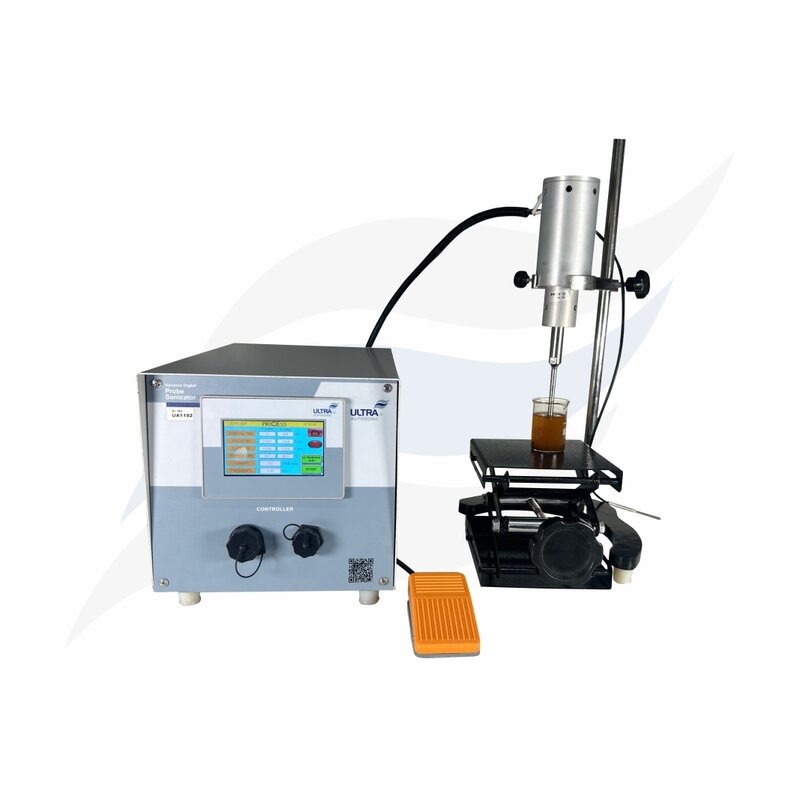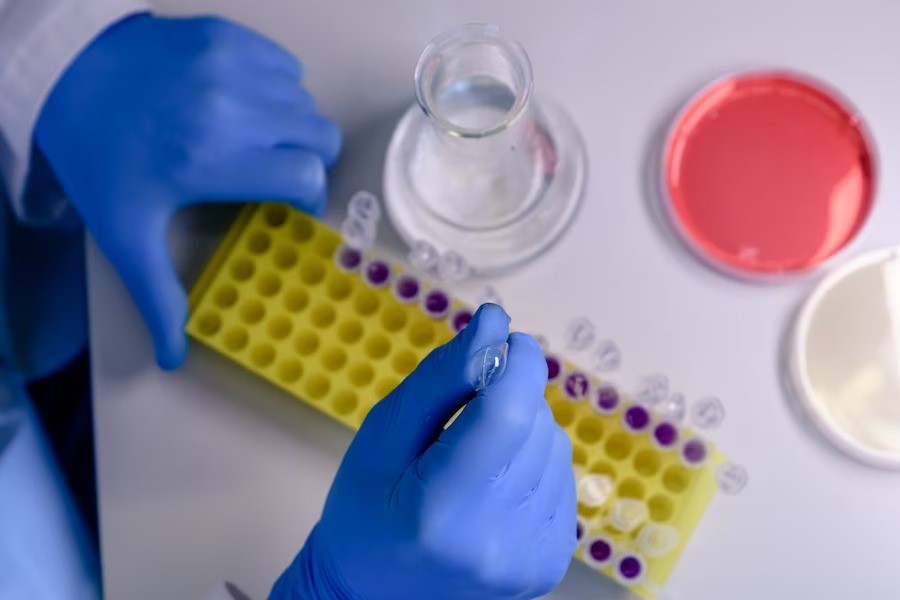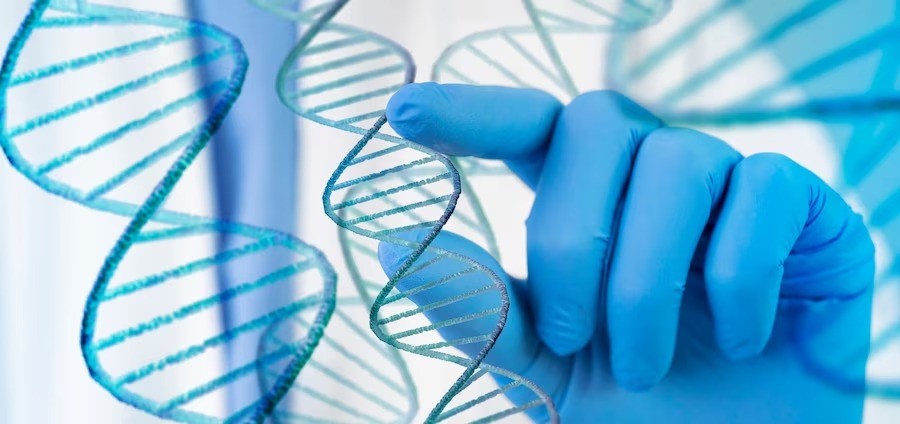Ultrasonic Technology plays a crucial role in advancing research, diagnosis, and therapeutic approaches in the biology industry, offering non-invasive, precise, and efficient methods to study and manipulate biological systems.

Sonication is commonly used to break open cells and release their contents. The high-intensity ultrasonic waves cause cavitation, leading to the formation and implosion of microbubbles. The resulting shock waves and shear forces disrupt the cell membranes, facilitating the extraction of intracellular components such as proteins, nucleic acids, and organelles.
In molecular biology and genetics, sonication is employed to fragment DNA or RNA molecules into smaller, more manageable sizes. This technique is crucial for applications like DNA sequencing, library preparation for next-generation sequencing, and chromatin immunoprecipitation (ChIP) assays.
Sonication can aid in the extraction and purification of proteins from cellular lysates. By disrupting cell structures, sonication helps to release proteins and solubilize them in the extraction buffer. It is particularly useful for membrane proteins and protein complexes that are difficult to isolate using traditional methods.
Sonication is employed to prepare stable emulsions by dispersing one immiscible liquid phase into another. This process is valuable in the production of various biological and pharmaceutical formulations, such as liposomes, nanoemulsions, and microencapsulated drugs or nutrients.
Sonication can be used to homogenize liquid samples, ensuring uniform distribution of particles, solutes, or additives. This technique is particularly useful for preparing samples for subsequent analyses, such as particle size determination, microbial assays, and chemical analysis.
Sonication is sometimes utilized to separate cells or particles based on their size or density. By applying acoustic forces, cells can be manipulated within a liquid flow, facilitating their sorting and analysis in flow cytometers or other cell sorting instruments.

Binder Clip Assembly

DNA & RNA Shearing

Sample Homogenization